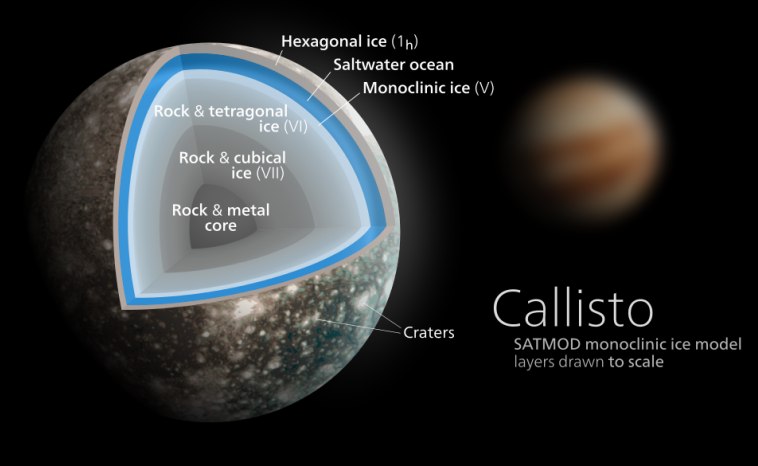Ten Places in our Solar System That Could Support Life
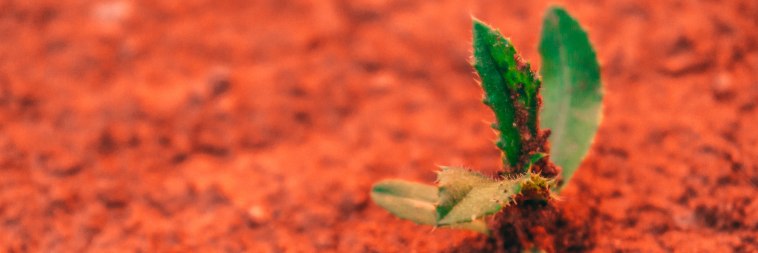
Since the invention of radio, scientists have been searching for signs that we aren’t alone in the universe. But could we find life closer to home than we might expect? In this article, we’ll take a look at ten places in our Solar System that could support life.
Who amongst us hasn’t at one point in their life looked up and wondered: is there life out there, or are we alone in the universe? Scientists are working hard on finding an answer to that question, discovering more and more planets around distant stars that could well play host to life. But before we go jetting across the galaxy, there are a few places a little closer to home that scientists are curiously examining for signs of life. Read on to discover the ten places in our Solar System that could support life.
What is Required to Support Life?
While there is the possibility of life existing in ways that we haven’t even imagined, there are a few things that life as we know it cannot thrive without. Our searches for extra-terrestrial life have therefore focused on looking for the following elements:
- A source of energy
- Liquid water
- A stable environment
- A temperature conducive to life
- Biogenic elements, such as oxygen, carbon, hydrogen, and nitrogen.
Ten Places in our Solar System That Could Support Life
Europa
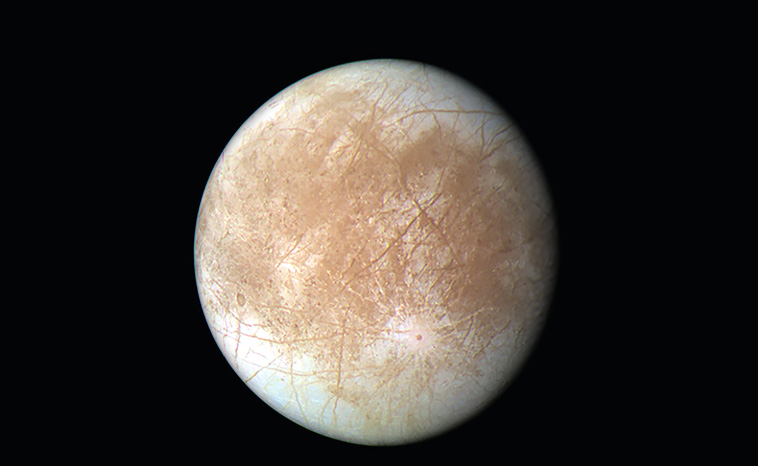
Kevin Gill from Nashua, NH, United States, CC BY-SA 2.0, via Wikimedia Commons
Kevin Gill from Nashua, NH, United States, CC BY-SA 2.0, via Wikimedia CommonsEuropa is the smallest of Jupiter’s famous Galilean moons and the sixth-largest known moon in our Solar System. Its surface famously features a thick water ice crust, which astronomers believe covers a deep ocean that encompasses the entire moon. Due to tidal friction and heating, this ocean may only be slightly cooler than oceans here on Earth, leading some scientists to consider Europa as one of the strongest candidates for life elsewhere in our Solar System.
Ganymede
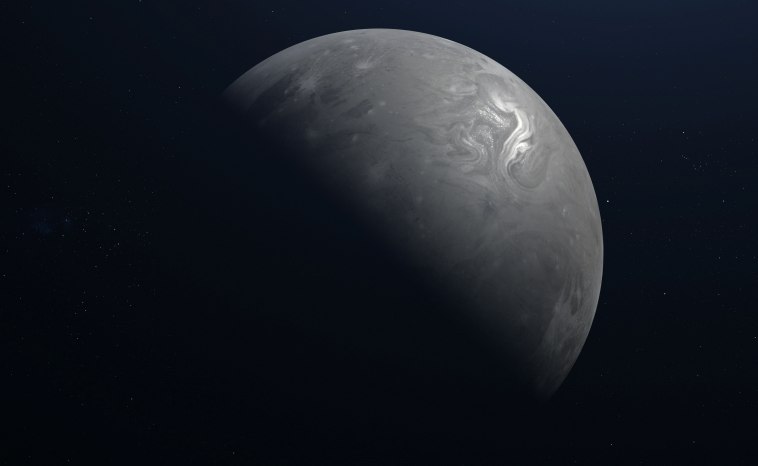
With a radius around 600 miles bigger than our Moon, Ganymede is the largest moon in our Solar System. Like Europa, Ganymede features an internal ocean. However, Ganymede may contain more water than all of the oceans on Earth combined. Computer models have determined that Ganymede’s ocean could feature rocky sea bottoms – and scientists believe that the contact and interaction between rock and water could be a key mechanism in the development of life.
Io
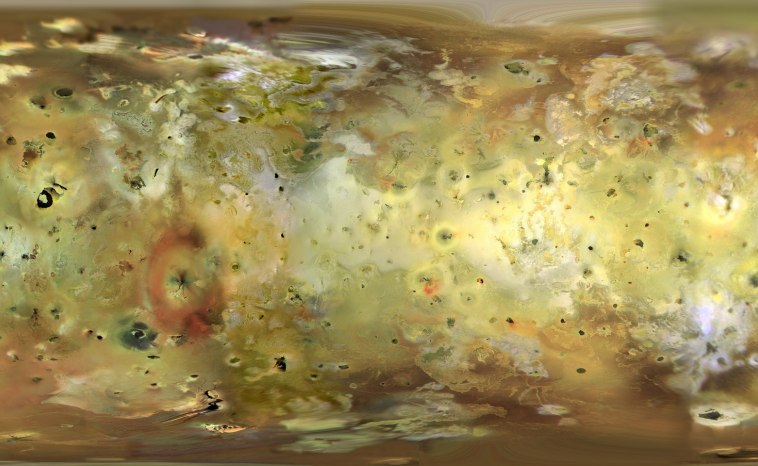
Io might be a moon, but it’s also the most volcanically active world in our Solar System, with violent volcanoes, lava flows, and lakes of lava. It’s also the closest Galilean moon to Jupiter, meaning it receives some pretty intense radiation. Io might not sound like somewhere that will go to the top of your list of holiday destinations, but beneath the fiery surface, water could exist in underground chambers that provide a great location for life to thrive, even if it’s only microbial life. With its intense volcanic activity, Io also has plenty of lava tubes, which geologists have found to play host to microbes in Iceland.
Callisto
Rounding off the Galilean moons is Callisto, the second-largest of the four and the third-largest moon in our Solar System. Previously, astronomers considered Callisto a mundane object with no volcanic or tectonic activity. However, closer studies have revealed the presence of oxygen in the moon’s thin atmosphere and a salty subsurface ocean that interacts with a rocky seabed, meaning that Callisto is another great Jovian candidate for life.
Enceladus

Enceladus, the sixth-largest moon of Saturn, is the most reflective and whitest object in our Solar System. More importantly, it also features a salty subsurface ocean heated by tidal forces. But it’s another of the moon’s features that makes Enceladus a very tempting target for the search for extra-terrestrial life – powerful geysers that shoot ocean water out into space. This means that probes can taste the water from Enceladus and work out more about the chemical composition of the ocean and, perhaps, even directly find the presence of microbial life.
Titan
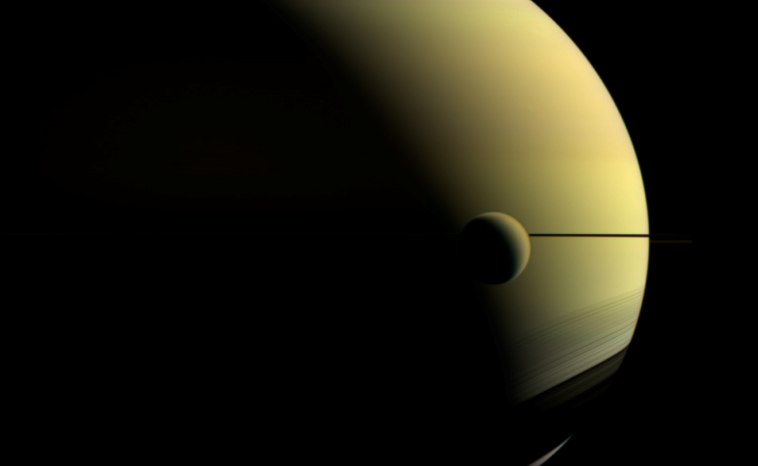
Kevin Gill from Los Angeles, CA, United States, CC BY 2.0, via Wikimedia Commons
Kevin Gill from Los Angeles, CA, United States, CC BY 2.0, via Wikimedia CommonsStaying in the Saturn system, Titan is the ringed planet’s largest moon and the second-largest in our Solar System. It’s also the only moon with a thick atmosphere and the only body (other than Earth) to definitively have liquid running on its surface. Titan is known to have lakes, rivers, and a water cycle like our own, with evaporation and rainfall. However, Titan’s surface liquid is actually composed of liquid gases, such as methane and ethane, not water. That said, the Cassini-Huygens mission revealed that the moon also likely has a subsurface ocean of salty liquid water. This ocean could make Titan a possible candidate host for both life as we know it and alternative life forms that might thrive in the moon’s hydrocarbon liquid surface environment.
Mars
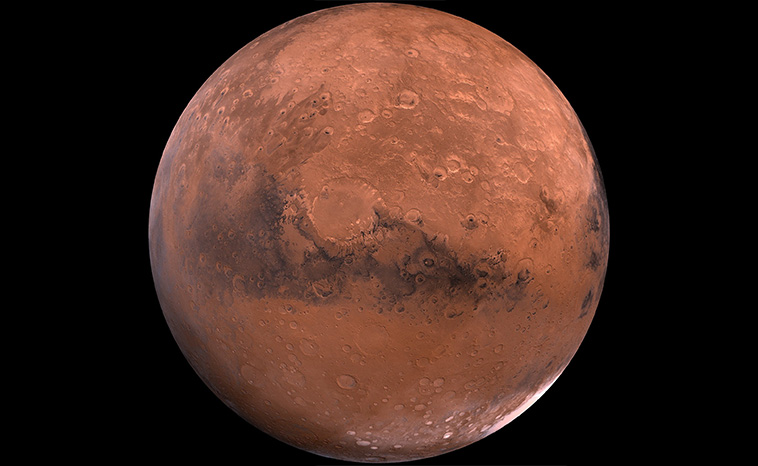
It’s one of the oldest and most frequently asked questions in astronomy: is there life on Mars? Given the planet’s proximity and similarities to Earth, it’s long been a burning topic that has captured the imaginations of astronomers and non-astronomers alike, but what do we actually know about Martian habitability? Astronomers have known about the planet’s polar ice caps for centuries. However, in 2018, Italian scientists discovered a large reservoir of liquid water underneath the surface. Two years later, astronomers also found possible signs of current surface water and detected methane in the Martian atmosphere – often a tell-tale sign of biological processes.
Despite these possible clues, scientists still haven’t found any direct evidence of life – so we still don’t have an answer to give David Bowie. However, there are possible clues that Mars WAS habitable at one point in its history, with evidence of volcanic activity, lakes, oceans, rivers, and rainfall.
Venus
NASA/JPL, Public domain, via Wikimedia Commons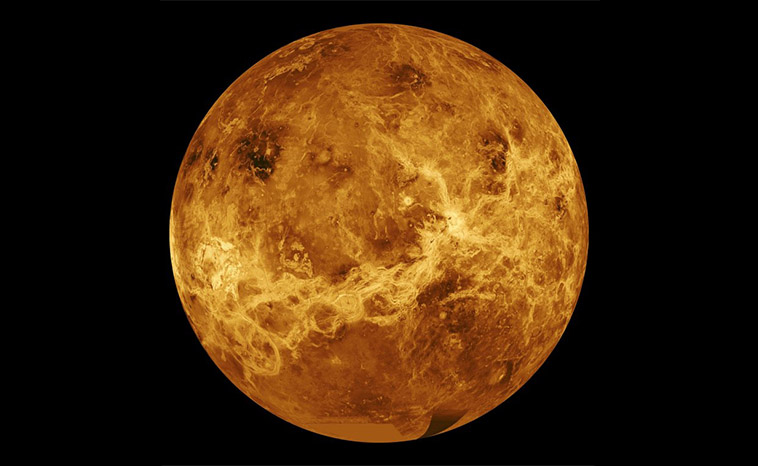
Venus, the second-closest planet to the Sun, was named after the Roman goddess of love because astronomers thought the planet to be beautiful as they viewed it shining brightly in the night sky. It turns out that Venus is not a very nice place unless you like thick, toxic atmospheres, sulphuric acid rain, and surface temperatures hot enough to melt lead! But despite this harsh environment, some scientists believe Venus was once surprisingly Earth-like. In fact, it could have been habitable until as recently as 700 million years ago.
While we might never know more about the previous habitability of Venus, there is still a chance that still life prevails today. While the planet’s surface isn’t friendly to life as we know it, clouds high up in the atmosphere offer a far more tolerable environment, with nutrients, sunlight, possibly water, and more hospitable temperatures.
Triton
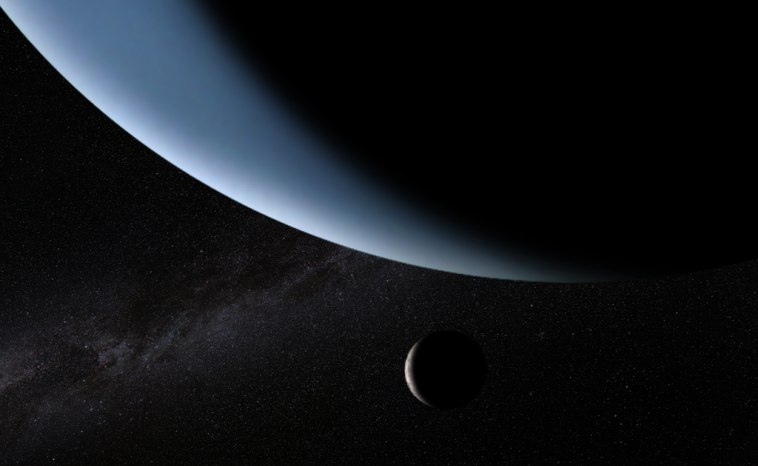
Arndt Stelter, CC BY-SA 4.0, via Wikimedia Commons
Arndt Stelter, CC BY-SA 4.0, via Wikimedia CommonsOrbiting Neptune at a distance of around 4.5 billion km from the Sun and one of the coldest objects in our Solar System, the moon Triton might not be the most obvious place in our Solar System that could support life. But Neptune’s largest moon does tick a few boxes that have piqued the interest of astronomers. It’s one of the few bodies in our Solar System known to be volcanically active, and scientists believe it also possesses a subsurface ocean heated by tidal heating.
Ceres
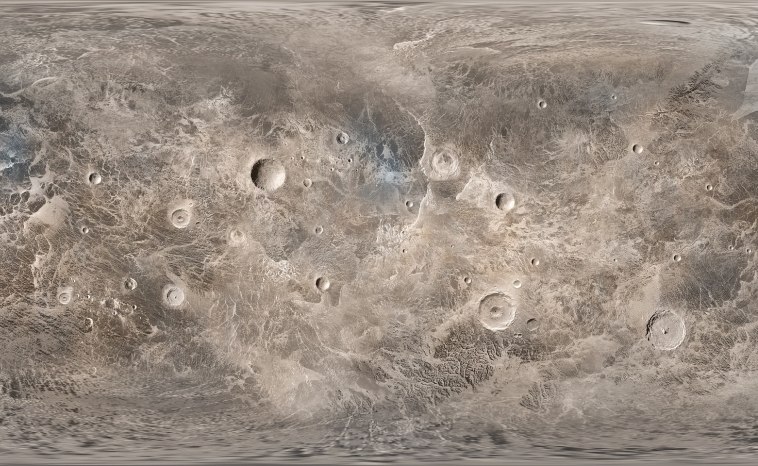
As a dwarf planet located in the main asteroid belt between Mars and Jupiter, Ceres sounds like something of a long shot in the search for life. However, recent studies have found that the asteroid-turned-dwarf planet is geologically active and is the second-most water-rich object in the inner Solar System (after Earth). Any life that may exist on Ceres would likely be very primitive microbial organisms, but that’s still better than the nothing we’ve found so far!
How Will We Search the Places in our Solar System That Could Support Life?
Scientists have been conducting searches for extra-terrestrial life for decades. Still, as more incredible tools become available, such as the James Webb Space Telescope and transit spectroscopy, we’re discovering ever more tantalising clues that we might not be alone in the universe. But until we know more, why not learn more about some of the other fascinating objects in our galaxy? With the OSR’s One Million Stars App, you can take a tour through the cosmos and explore stars and constellations.

